
The letter ‘D’, seemingly a simple mark, holds a remarkable narrative within the vast tapestry of human communication. Occupying the fourth position in the Latin alphabet, it is a foundational element in English and countless other languages across the globe. Yet, its apparent familiarity often belies a rich and intricate history, a complex phonetic journey, and a myriad of applications far beyond its basic alphabetical role, influencing everything from ancient numerals to modern computing.
In this comprehensive exploration, we delve into the multifaceted identity of ‘D’, adhering to a tradition of rigorous analysis and objective reporting, characteristic of in-depth journalistic inquiry. Our aim is to present a complete and nuanced picture of its evolution, from ancient pictographs to its contemporary digital forms. By providing extensive contextual and historical perspectives, this article seeks to illuminate the enduring influence and profound significance of this unassuming, yet powerful, letter.
Join us as we embark on a journey that traces the very origins of ‘D’, meticulously examining its phonetic transformations and uncovering its surprising versatility in numerical systems, international codes, and specialized academic fields. Our investigation will reveal how this single character has consistently adapted and played a pivotal role in shaping written and spoken language throughout millennia, demonstrating a remarkable capacity for symbolic endurance and functional expansion.
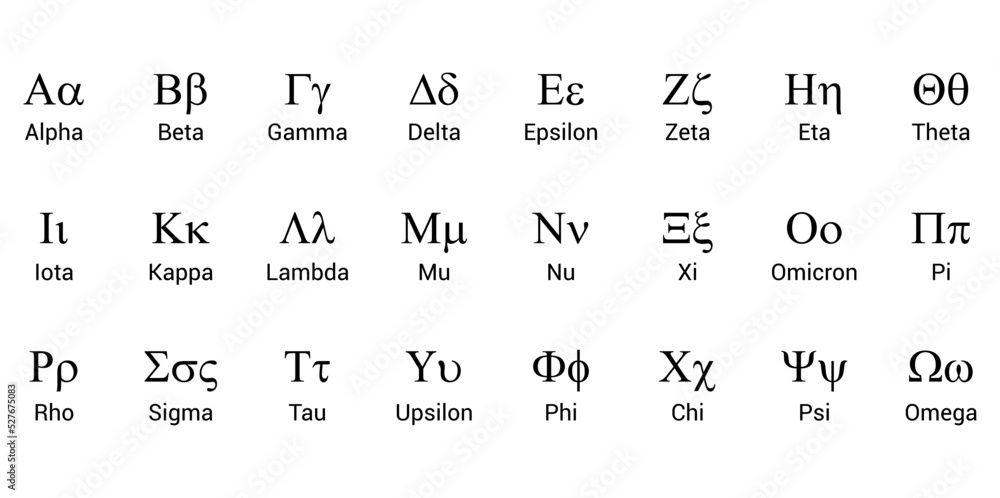
1. **The Semitic Roots and Early Evolution**The profound journey of the letter ‘D’ commences in the ancient Semitic world, where its earliest known ancestor, Dāleth, emerged. This foundational symbol is widely believed to have developed from a logogram, a picture that represented a complete word or concept. Early linguistic scholars propose this pictograph might have depicted a fish or, alternatively, a folding door, thus tying its origin to tangible objects of daily ancient life.
As writing systems evolved and diffused, Dāleth transitioned into the Ancient Greek alphabet, becoming Delta (Δ). Both in its Semitic and Greek manifestations, the letter consistently represented the /d/ sound, a voiced dental plosive. This phonetic stability across diverse linguistic and geographical boundaries underscores the fundamental role Dāleth/Delta played in establishing a reliable consonantal value.
A crucial intermediate stage in ‘D’s lineage involved the Etruscan alphabet, which retained a form of this symbol, albeit archaically. It is generally understood that the Latin alphabet, the direct ancestor of our modern English script, likely acquired its rounded form of ‘D’ through the influence of the Chalcidian alphabet, which had strong ties to Etruscan writing conventions.
The majuscule ‘D’ we recognize today is therefore a direct inheritor of this ancient heritage. Its form has remained largely unaltered for well over two and a half millennia, a testament to its clarity and functional design. This enduring graphical stability has undoubtedly contributed to its seamless integration and perpetuation within the Western writing systems that continue to shape global literacy.
Read more about: Exploring the Power of Eight: A Deep Dive into Its Engineering, Performance, and Global Impact

2. **The Transformation of Form: From Majuscule to Minuscule**The letter ‘D’ exists in two fundamental graphical expressions: the prominent majuscule, or capital ‘D’, and the more common minuscule, or lower-case ‘d’. While the capital form traces a relatively straightforward lineage back to antiquity, the development of the minuscule ‘d’ presents a captivating narrative of script evolution, deeply intertwined with the practicalities and aesthetic considerations of handwriting.
The minuscule ‘d’ is widely believed to have emerged through gradual variations applied to its larger, majuscule counterpart. Its initial form was characterized by a lower-story left bowl coupled with a stem ascender. Over time, scribal efficiency and stylistic preference progressively influenced its transformation, leading to its contemporary composition as a vertical stem adorned with a full lobe positioned distinctly to the right. This was an organic progression towards greater legibility and a more fluid writing stroke.
A pivotal developmental stage involved historical handwriting practices where scribes commonly initiated the arc to the left of the vertical stroke, often forming a small serif at the arc’s apex. As writing speed increased, this serif was extended, while the letter’s body was proportionally reduced. This led to an angled stroke that, through subsequent refinement, straightened into the distinctive vertical stem defining the modern lower-case ‘d’.
Further profound influences stemmed from various Latin cursive forms prevalent during the 5th and 6th centuries. In these scripts, the graceful right-hand rounded line of the majuscule was often elongated significantly above its junction with the main stroke. These cursive and uncial forms served as direct and crucial antecedents for the Carolingian minuscule ‘d’, which in turn directly shaped the ‘d’ we employ today, remarkably preserving its fundamental rounded quality while optimizing it for swift and continuous writing.
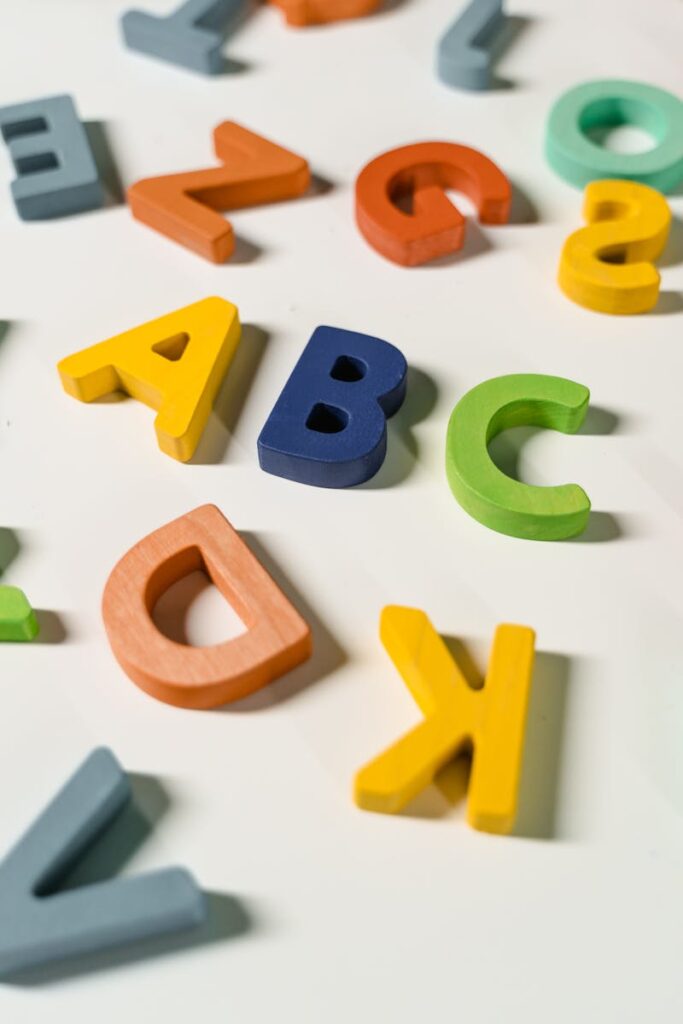
3. **The Sound of ‘D’: English Phonology and Alveolar Shift**The phonetic value of the letter ‘D’ has historically exhibited remarkable consistency across many foundational languages, including Semitic, Ancient Greek, Latin, and numerous modern European tongues. In these systems, ‘D’ typically and faithfully represented the voiced dental stop, a sound produced by the tongue making contact with the back of the upper front teeth. This enduring phonetic assignment formed a stable cornerstone of phonological inventories.
Within the specific phonological evolution of English, however, a distinct and significant phonetic shift occurred. The sound traditionally associated with ‘d’—and its unvoiced counterpart, ‘t’—evolved from a dental stop into an alveolar stop. This means the tongue now articulates the sound by making contact with the alveolar ridge, the gum-covered area just behind the upper front teeth. This subtle yet profound alteration differentiates English pronunciation from many continental European counterparts.
Consequently, in contemporary English, the letter ⟨d⟩ is primarily recognized as representing the voiced alveolar plosive, denoted phonetically as /d/. This sound is integral to countless English words. The prominence of ‘D’ in the English lexicon is further underscored by its statistical frequency; it consistently ranks as the tenth most frequently used letter, a testament to its indispensable role in word formation and conveying precise meaning.
Delving deeper into the etymological roots of native English words reveals a fascinating network of linguistic relationships. The value of ‘d’ often corresponds to German ‘t’ (th), Sanskrit ‘dh’, Greek ‘θ’, and Latin ‘f’ (initially) or ‘d’ or ‘b’ (medially), all originating from the ‘dh’ sound in the parent Indo-European speech. Moreover, in certain pathways, ‘d’ derives from an original Indo-European ‘t’, transformed by Verner’s law, dependent on the Indo-European accent, as seen in “hundred” contrasting with Sanskrit “śatám” or Latin “centum.”
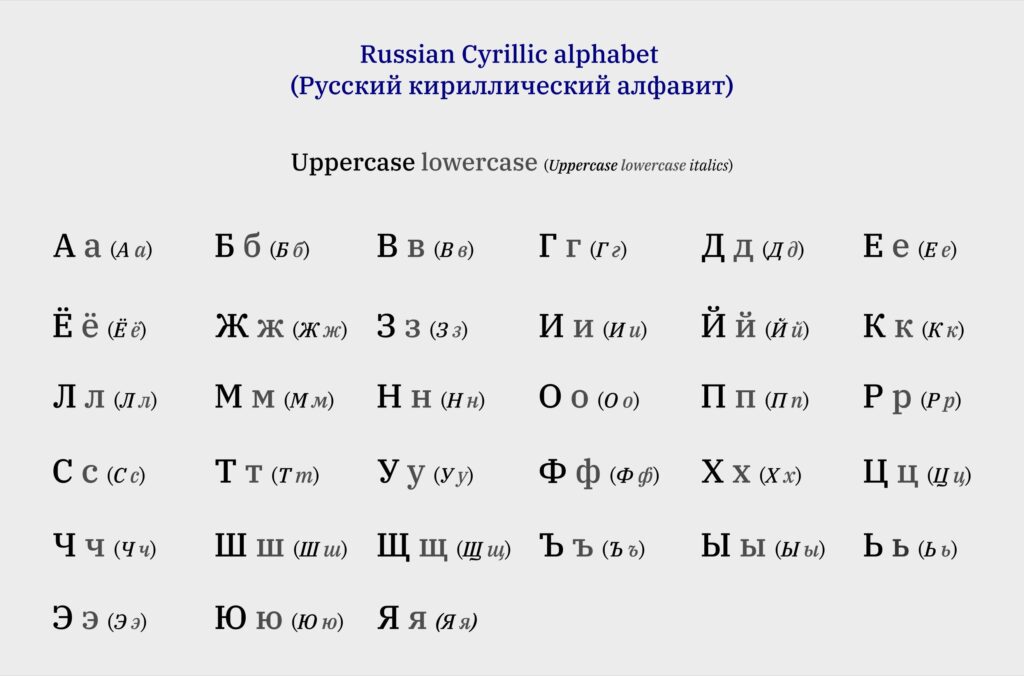
4. **’D’ Across the Globe: Diverse Pronunciations in World Languages**While the voiced alveolar or dental plosive /d/ stands as the most widespread phonetic assignment for the letter ⟨d⟩ across languages utilizing the Latin alphabet, its global pronunciation is far from monolithic. This remarkable adaptability allows the written symbol to represent a diverse array of sounds, reflecting the unique phonetic inventories and historical developments of various world languages, thus illustrating the complex interplay between orthography and spoken phonology.
A particularly striking example of this phonetic flexibility is found within the Vietnamese alphabet. Here, the letter ⟨d⟩ adopts entirely distinct sound values, contingent upon the specific regional dialect. In northern dialects, ⟨d⟩ represents the sound /z/, akin to the ‘z’ in “zebra.” Conversely, in southern dialects, the same letter vocalizes as /j/, closely resembling the ‘y’ in “yes.” This duality within a single language showcases profound regional linguistic divergence.
Moving to the Pacific, the Austronesian language of Fijian offers yet another fascinating phonetic characteristic for ⟨d⟩. In Fijian, it denotes a prenasalized stop, specifically articulated as /ⁿd/. This complex sound involves the near-simultaneous articulation of a nasal consonant followed immediately by a stop consonant within a singular phonetic segment. Such prenasalized stops are a distinctive feature of many Oceanic languages and starkly contrast with typical European pronunciations of ‘d’.
The functional versatility of ⟨d⟩ is further amplified in languages that draw a clear distinction between voiceless unaspirated stops and voiceless aspirated stops. In such linguistic systems, ⟨d⟩ is systematically employed to represent an unaspirated /t/, meaning the ‘t’ sound is produced without an accompanying puff of air. This convention is observed in languages like Icelandic, Scottish Gaelic, and Navajo, and in the pinyin transliteration for Mandarin Chinese, underscoring its precise phonetic utility in diverse linguistic landscapes.
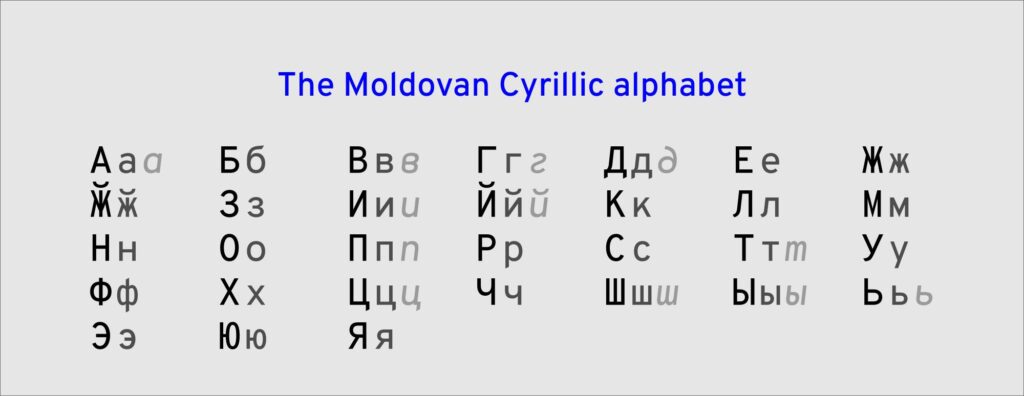
5. **Beyond the Alphabet: ‘D’ as a Numerical and Unit Symbol**Transcending its primary function as a phonetic symbol within written words, the letter ‘D’ exhibits extraordinary versatility, extending its utility into the crucial domains of mathematics, commerce, and scientific measurement. These diverse applications powerfully underscore its symbolic malleability, demonstrating how a single character can be imbued with distinct and significant conceptual meanings depending entirely on its contextual deployment.
In the realm of computing and digital systems, ‘D’ plays a specific role within the hexadecimal (base 16) numbering system. Here, ‘D’ is not a letter in the linguistic sense, but rather a distinct digit that uniquely corresponds to the decimal number 13. This ingenious repurposing of alphabetical characters allows for the expansion of numerical representation beyond the conventional ten Arabic digits (0-9), providing a concise and efficient method for expressing larger values in a compact format, indispensable for machine-level operations.
Historically, ‘D’ commands a significant presence in the ancient Roman numeral system, where it unequivocally represents the number 500. This venerable usage, which has persevered from antiquity through to modern historical scholarship, highlights its foundational function within a numeral system that predates the widespread adoption of Arabic numerals. The enduring inscription of ‘D’ on ancient monuments continues to effectively convey this specific numerical value, serving as a tangible link to classical methods of quantification.
Furthermore, in its lowercase form, ‘d’ functions as a recognized unit prefix, precisely signifying “one tenth” of a given quantity or measure, as exemplified by “decimeter” or “decibel.” Its historical financial significance is also notable: ‘d.’ served as the standard abbreviation for the British pre-decimal penny, prior to 1971, derived from the Latin “denarius.” This continuous thread of ‘d’ symbolizing currency stretches from ancient Roman finance to relatively recent British monetary history.

6. **’D’ in Codes and Systems: From Vehicle Registration to Biblical Manuscripts**The inherent utility of the letter ‘D’ extends far beyond its traditional alphabetical and numerical roles, permeating various specialized coding and classification systems. In these diverse fields, ‘D’ frequently serves as a concise yet powerful identifier or a critical marker, its clear recognition and brevity making it an exceptionally suitable choice where accuracy and conciseness are paramount, thus showcasing its adaptability in information management.
On an international scale, ‘D’ functions as the officially recognized vehicle registration code for Germany, ensuring immediate national identification across borders. This physical identifier is seamlessly extended into the digital realm, as ‘.de’ is consistently utilized as Germany’s top-level domain on the internet, firmly establishing ‘D’ as an instantaneous and universally understood shorthand for the nation in both tangible and virtual spaces.
A fascinating instance of linguistic adaptation emerges from the early days of computing, particularly in Hong Kong and Singapore. Faced with the initial absence of comprehensive Unicode CJK character support, the capitalized ‘D’ was informally but widely adopted. It was ingeniously used to represent the Cantonese character 啲 (di1), meaning “a little” or “some,” exemplifying how communities leverage existing alphabetical resources to bridge technological gaps and communicate specific linguistic nuances.
Perhaps less commonly known, but profoundly significant within academic circles, is ‘D’s role in the Gregory-Aland system for cataloging Biblical manuscripts. Within this meticulous scholarly framework, ‘D’ is specifically employed to refer to documents belonging to the esteemed Western text-type tradition, designating highly important early codices such as Codex Bezae or Codex Claromontanus. This specialized application illustrates the letter’s capacity to function as a precise reference point within detailed academic classifications.

7. **The Expansive Family: Descendants and Diacritics**The enduring utility of the letter ‘D’ is vividly illustrated by its extensive family of descendants within the Latin alphabet. These variations, often featuring diacritical marks or modified forms, underscore the adaptability of the basic ‘D’ glyph to accommodate the nuanced phonetic inventories and orthographic requirements of numerous languages worldwide. Far from being a static character, ‘D’ has proven to be a dynamic progenitor, generating forms that serve specific linguistic functions while maintaining a discernible connection to its Roman ancestor.
Among its direct descendants are characters designed to represent sounds not native to classical Latin or to differentiate phonemes in modern languages. For instance, the African D (Ɖ ɖ) is a distinct form used in various African orthographies, while the Latin letter Eth (Ð ð) is notable for its role in Icelandic and Old English, representing a voiced dental fricative. These specialized characters are not merely stylistic choices but are critical components of writing systems that demand precise phonetic representation, expanding the functional scope of the original ‘D’.
Beyond wholly distinct descendant letters, the Latin alphabet also features a considerable array of ‘D’ forms adorned with diacritics. These include characters such as Đ đ, Ɗ ɗ, Ḋ ḋ, Ḍ ḍ, Ḑ ḑ, Ḓ ḓ, Ď ď, and Ḏ ḏ. Each diacritical mark—whether a bar, dot, hook, or caron—serves to modify the phonetic value or distinguish specific allophones of ‘D’ within a particular language, allowing for a finer resolution in written speech. This systematic modification enables ‘D’ to participate in a broader spectrum of global phonologies.
Further demonstrating this graphical versatility are unique forms like D with topbar (Ƌ ƌ), an inventive adaptation. Additionally, specialized phonetic symbols like the Insular D (Ꝺ ꝺ), used in various phonetic contexts, and the D with mid-height left hook (𝼥), employed by the British and Foreign Bible Society for Malayalam romanization, exemplify how the core ‘D’ form can be subtly altered to meet highly specific linguistic mapping challenges. These adaptations highlight the ingenuity involved in expanding an alphabet’s expressive capacity.

8. **Ancestral Echoes: ‘D’s Siblings and Forebears**The rich tapestry of ‘D’s lineage extends deep into ancient history, connecting it to a broad family of related characters across various writing systems. Its journey from an early Semitic symbol to its modern Latin form is a testament to the persistent influence of foundational scripts and the continuous evolution of communication. Understanding these ancestral ties provides critical insight into the shared heritage of many global alphabets.
The most direct and significant forebear of the Latin ‘D’ is the Semitic letter Dalet (𐤃). This ancient symbol laid the groundwork for the consonantal value that would become characteristic of ‘D’ across subsequent linguistic developments. From Dalet, the Greek letter Delta (Δ δ) emerged, preserving the phonetic value and contributing a significant branch to the letter’s family tree, influencing numerous descendant scripts.
From this Greek Delta, further relatives branched out into other alphabets. The Coptic alphabet adopted Delta as Ⲇ ⲇ, while the Cyrillic alphabet, a system widely used across Eastern Europe and Central Asia, developed its own equivalent, Д д (De). These parallels underscore a common ancestral wellspring for many of the world’s major writing traditions, reflecting ancient cultural and linguistic interconnections.
The path to the modern Latin ‘D’ itself flowed through the Old Italic alphabet, specifically the Old Italic D (𐌃), which served as a crucial intermediate. Moreover, the historical record suggests possible connections to runic scripts, with letters like dagaz (ᛞ) and thurisaz (ᚦ) being considered potential descendants of Old Italic D. These connections reveal the multifaceted and sometimes indirect pathways through which alphabetical forms disseminated and diversified across diverse ancient cultures, leaving indelible marks on writing systems that continue to shape global literacy.

9. **’D’ in Digital Domains: Unicode and Computing**In the contemporary era, the letter ‘D’ transcends its physical ink-and-paper existence to occupy a fundamental position within the digital realm. Its meticulous encoding in computing systems is vital for global communication, ensuring that this ubiquitous character is accurately and consistently rendered across diverse platforms and applications. The standards governing its digital representation reflect a profound commitment to linguistic precision and universal accessibility.
At the core of ‘D’s digital presence are its Unicode encodings: U+0044 for the Latin Capital Letter D and U+0064 for the Latin Small Letter D. These standardized code points are universally recognized, mirroring those used in older systems like ASCII and ISO 8859. This foundational consistency ensures seamless compatibility and interoperability for text containing ‘D’ across virtually all modern computer systems, from personal devices to vast data networks.
Beyond these basic forms, Unicode also accounts for the many variants of ‘D’ discussed previously. Precomposed characters exist for ‘D’ with common diacritics, simplifying their representation. For more complex or less frequent combinations, the system allows for the use of combining diacritics, which are added to the base ‘D’ character to create the desired specialized form. This layered approach ensures comprehensive coverage for all ‘D’-related glyphs, supporting the orthographies of countless languages.
Furthermore, ‘D’ holds specialized code points for its use in scientific and mathematical contexts, such as alphanumeric symbols. These are distinct from its linguistic representations and are crucial for technical notation. Variant forms also exist for linguistic analyses, representing plosive sounds, and for legacy CJK (Chinese, Japanese, Korean) font compatibility, appearing as halfwidth and fullwidth forms. This adaptability underscores ‘D’s critical role, not just as a letter, but as a versatile symbol in the intricate architecture of digital information, enabling the accurate expression of complex concepts in various fields, including its application as the derivative symbol `ⅆ` and the partial derivative symbol `∂` in mathematical computing contexts.

10. **Symbolic Versatility: ‘D’ as a Specialized Marker**The letter ‘D’ possesses a remarkable ability to transcend its phonetic and numerical roles, serving as a specialized marker across an array of distinct domains. These applications highlight its powerful symbolic malleability, wherein a single character can encapsulate complex meanings and functions, often in a concise and universally recognized manner. This symbolic utility makes ‘D’ an indispensable component of various classification and communication systems.
One clear example of ‘D’s symbolic power is its use in the realm of currency. The Đồng sign (₫), for instance, serves as the symbol for the Vietnamese currency, instantly conveying its economic value. This demonstrates how a simple letter, when appropriately contextualized, can represent a nation’s monetary system. Similarly, its historical use as ‘d.’ for the British pre-decimal penny, derived from the Latin ‘denarius’, links it to centuries of financial transactions and economic history, showcasing its enduring symbolic connection to value.
In educational systems, ‘D’ functions as a grade, typically signifying a level below ‘C’ but above ‘E’ or ‘F’. This widely understood symbol provides a rapid assessment of academic performance, representing a specific range of achievement or deficiency. This assignment of symbolic meaning within a grading scale underscores ‘D’s capacity to communicate evaluative information in a standardized and concise format across diverse educational institutions and curricula.
Within mathematics, ‘D’ takes on a precise and critical symbolic function. When used as `d(x)`, it represents the exact differential of a quantity, a cornerstone concept in calculus. Similarly, the partial derivative symbol `∂`—though a distinct glyph related to ‘D’—functions within the same family of symbolic notation for rates of change. In financial mathematics, ‘d’ can also denote the annual effective discount rate, further illustrating its precise role in highly specialized, abstract fields where conciseness and clarity are paramount for complex operations.

11. **’D’ in Non-Written Communication: Gestures and Signals**The versatility of ‘D’ extends beyond written script and digital code into the dynamic realm of non-written communication, demonstrating its ability to convey meaning through visual, auditory, and tactile signals. This adaptation underscores the letter’s fundamental importance as a conceptual unit, capable of being translated across diverse sensory modalities to facilitate clear and unambiguous information exchange.
Internationally, ‘D’ is recognized through standardized signaling systems. In the NATO phonetic alphabet, ‘D’ is represented by “Delta,” ensuring clear verbal communication, particularly in high-stress or noisy environments like aviation and military operations. Similarly, in Morse code, ‘D’ is translated into the distinct auditory and visual pattern ” -·· “, a sequence of one dash and two dots, which remains a fundamental element of telecommunication across vast distances and historical periods.
Visual communication also heavily relies on ‘D’s distinct form. In flag semaphore, a system of signaling with flags held in specific positions, ‘D’ has a unique configuration that allows for visual transmission across lines of sight. This application extends to more modern visual signals, such as those used in nautical flags, where ‘D’ is represented by a specific design that conveys its meaning clearly and universally to vessels at sea.
Manual alphabets, crucial for communication with the deaf and hard of hearing, also feature ‘D’. In American Sign Language (ASL) fingerspelling, ‘D’ is formed with a specific handshape. In the British Manual Alphabet (BSL fingerspelling), the letter ‘d’ is indicated by signing with the right hand held with the index and thumb extended and slightly curved, with the tip of the thumb and finger held against the extended index of the left hand. These precise manual configurations allow for the direct translation of the written alphabet into a visually accessible form, fostering inclusive communication.
Furthermore, for the visually impaired, ‘D’ is tactually represented in Braille through a specific pattern of raised dots: dots-145. This standard, integrated into Unified English Braille, enables individuals to read and comprehend written text through touch, highlighting the letter’s critical role in ensuring literacy and access to information for diverse communities. These varied non-written forms collectively illustrate the profound and pervasive impact of ‘D’ in human interaction.
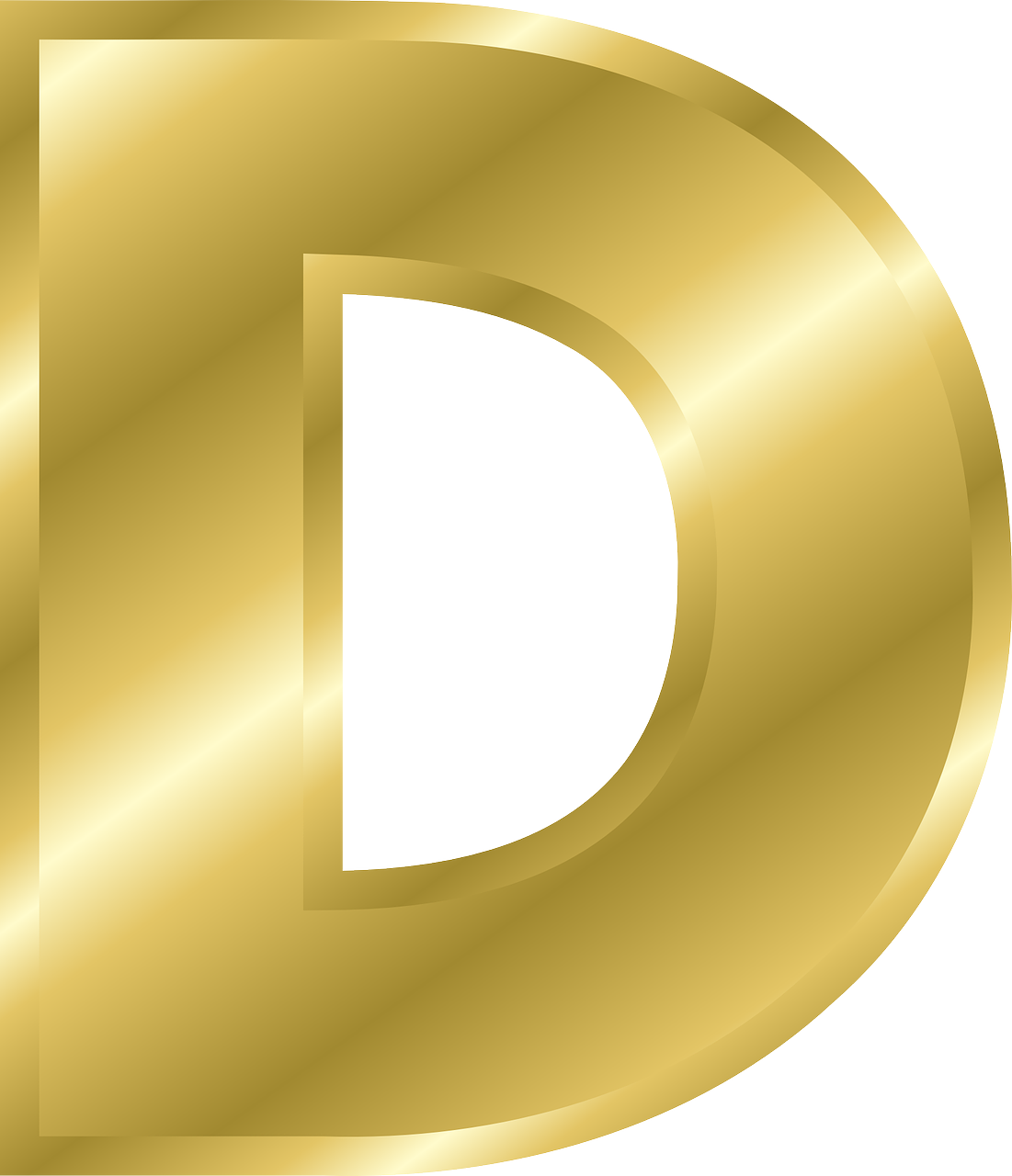
12. **’D’s Broader Lexical and Linguistic Presence**The narrative of the letter ‘D’ culminates in a recognition of its profound and pervasive presence across the global linguistic landscape. Its consistent appearance as the fourth letter in the Latin alphabet has cemented its role as a fundamental building block of countless languages, while its diverse phonetic expressions and symbolic applications underscore its remarkable adaptability and enduring significance in human communication.
In English, ‘D’ stands as the tenth most frequently used letter, a statistical testament to its integral role in word formation and grammatical structures. Its high frequency reflects its indispensability in the lexicon, contributing to a vast array of words, from foundational verbs to complex nouns. This statistical prominence solidifies its status as a vital component of the English language, underscoring its impact on daily discourse and literature.
The letter’s influence extends deeply into the morphology of many languages, often appearing in conjunction with other letters to form specific phonetic units or contribute to compound words. For instance, in Finnish, ‘D’ is integral to terms like ‘D-duuri’ and ‘d-molli’, which relate to musical keys. Similarly, in Hungarian, ‘d-moll’ signifies a minor key, demonstrating how ‘D’ integrates into the specific lexical and cultural contexts of various linguistic systems, shaping their expressive capabilities.
Across a multitude of alphabets—from Albanian to Yoruba—’D’ generally represents the voiced alveolar or dental plosive /d/, a phonetic anchor that provides a point of consistency amidst linguistic diversity. While exceptions exist, as observed in Vietnamese or Fijian, these variations only serve to highlight the letter’s capacity to adapt to unique phonological demands while retaining its core identity. Its presence in over 65 languages listed in the Translingual context speaks volumes about its global reach and shared linguistic heritage.
Read more about: Understanding ‘Important’: A Deep Dive into Its Diverse Meanings and Applications
Ultimately, the journey of ‘D’ from an ancient pictograph to a modern digital and non-verbal signifier reflects a continuous evolution of human ingenuity in communication. Its capacity to retain its fundamental phonetic identity, while simultaneously diversifying into an expansive family of related forms and specialized symbols, ensures its place as an indispensable element in the intricate system of language. From its deep etymological roots to its pervasive contemporary applications, ‘D’ remains a testament to the enduring power and adaptability of alphabetical representation in shaping our world.



